vent hood height for bluestar broiler
malokd
4 years ago
Featured Answer
Comments (21)
live_wire_oak
4 years agoopaone
4 years agoRelated Discussions
Approach To Calculating Vent Hood and MUA Required
Comments (7)Once you decide on a cfm requirement (I won't address that in this message), you need to determine the pressure losses from the hood transitions in and out, its baffles, the ducting AND the residual negative pressure that you will have in the house with the intended MUA. These pressure losses are then used to look up on the fan curve the actual cfm. For this you need to choose candidate fans and get their fan curves (from Broan's website, Wolf's customer service, Fantech's web site, etc.). Hood and baffles may be worth a tenth of an inch of water by itself. The house may be a half a tenth negative. The duct losses will vary with length and bends. For example, achieving 1260 cfm will likely require a fan that, at zero static pressure, is rated somewhere between 1500 and 2000 cfm. As you add MUA (accounting for house leakage when there is residual negative pressure), the pressure loss in the ventilation fan decreases raising the cfm exhausted. This is clearly a recursive analysis unless you separate the functions by establishing a specific household pressure you are aiming for. At a specific pressure and outward flow rate, and given an estimate or measurement of the house leakage at that pressure, the MUA can be separately engineered. Don't forget the effects of any other household exhaust fans, dryers, furnaces, etc. As I recall noting before, household MUA is more difficult to engineer than restaurant MUA, and is more like large building MUA where the inlet and outlet flow rates, and even wind flow pressure effects, are always changing. Likely points of control are the MUA motor or a bypass flow path motorized damper. If the furnace has a separate (passive) MUA and is installed in a sealed room, then a passive MUA system for the rest of the house may be acceptable. Unlike a building, you probably won't have a problem opening a large exterior door against a negative pressure. kas...See MoreVent A Hood Height
Comments (27)One comment among those above that was passed over needs some expansion. Range manufacturers can only make requirements for distances to flammable materials (typically 30 inches), so their advice to the AHJ applies to cabinets and hood surrounds. It would wisely be considered relevant to hood motors also. Hood manufacturers provide (or should provide) height requirements based on capture and containment, along with a minimum safe height for fire resistance of any exposed grease on meshes or baffles (probably where the 24 inches comes from). The meshes and baffles are supposed to provide a firestop for interior grease. Most hood materials are stainless steel (very high melting point) except aluminum meshes (not so high) and wiring (degrades at fairly low temps). So one should think about having a grease fire on the stove top and what it means for all the materials within range of the heat and flame. kas...See More1200cfm oversized hood...Overkill for 30" BlueStar range?
Comments (47)Well, "any" is potentially a very small amount, and I'm sure that there is some slight amount. My attic, however, is vented all around the periphery, at the ridge, and also with an attic fan housing. Ice dams at the roof edges tend to occur when the outside air warms up during the day and heats the snow bottom up through the vents instead of top down. In my present half-completed configuration, the ~ 2 x 2 ft heat exchanger sits above a Cooley and Hart 3 x 3 diffuser in a hall ceiling. There is a furnace filter taped down on top of the heat exchanger. This style of filter (Honeywell Filtrete) needs significant pressure drop to move much air through it, and I was pleased to observe that warm air doesn't seem to rise through it in the winter, or hot attic air settle through it in the summer. The sides of the heat exchanger and its plumbing are buried in insulation. When kitchen fans are running and the house is closed up, air is pulled through and the thermostats, the larger-than-typical-size Taco pump, and the furnace controls do their thing to heat the air. (The circuit is capable of well over 100k BTU/hr depending on furnace and air temperature.) The problem, as I have pointed out a few times here, is that pulling air through a filter and heat exchanger requires a pressure drop -- a drop too large for combustion appliance safety. My only combustion appliance is an oil furnace, and it now uses its own MUA system to avoid back-drafting. Nevertheless, if I were to run both kitchen fans at once at full power expecting all flow to be made up through the heat exchanger without fan boost (possibly 1400 actual cfm with restricted MUA), the pressure drop in the house causes some furnace exhaust to be pulled into the house via tiny cracks not normally relevant when there is a positive draft, so I don't do dat without an opened window. My intention is to duct the heat exchanger to a mushroom air intake already installed on my roof via an axial in-line fan and a four-inch pleated filter caddy so that at the maximum possible flow rate (possibly 2000 cfm, say) the house pressure can be balanced and all the MUA comes from outside without mingling with the attic air. A damper may be needed, although as noted, the Filtrete coating will be pretty resistant to air passage without some deliberate pressure drop from the in-line fan. kas...See MoreVenting Bluestar witn 6 inch duct
Comments (9)Look, I run a Bluestar range without a hood at all, and there are many others here who do the same because they live in apartments or co-ops that don't allow hoods that vent to the outside. It works fine for 90% of the cooking we do. I try to do steaks and fish in the oven with the broiler instead of on top. It's cooking bacon, burgers, and some stir fry items (vegetables just create steam) etc on the top burners that a good hood would help ( to keep the smoke detector from coming on)... Searing steaks is less smokey if you use the broiler instead of a grill pan. And yes, for those smokey greasy items, I open the window and manage. My neighbor has a nice Capital range, and is always cooking and inviting folks over- she has no hood- and cooks amazing southern style foods. It's not the high BTU's that require a hood, it is the type of food and the style of cooking that determines how good of a hood you need. You can have a small weak stove top and put a cast iron skillet on it till it's hot and throw some greasy meat in the skillet and you'll get smoke galore. Is a 10" duct better?, yes very much so, when you really need it....See Morevinmarks
4 years agolast modified: 4 years agoJeffrey R. Grenz, General Contractor
4 years agoThe Cook's Kitchen
4 years agolast modified: 4 years agokaseki
4 years agomalokd
4 years agoM
4 years agolive_wire_oak
4 years agolast modified: 4 years agochispa
4 years agoThe Cook's Kitchen
4 years agolast modified: 4 years agoThe Cook's Kitchen
4 years agokaseki
4 years agolast modified: 4 years agolive_wire_oak
4 years agoBuehl
4 years agolast modified: 4 years agoifoco
4 years agokaseki
4 years agoopaone
4 years agokaseki
4 years agolast modified: 4 years agokaseki
4 years ago
Related Stories
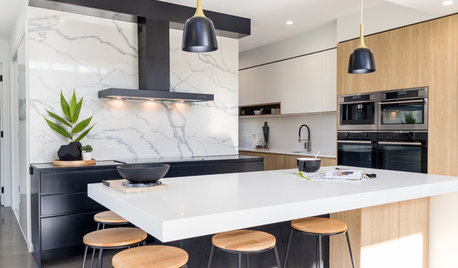
KITCHEN DESIGNHow to Get Your Range Hood Right
Get a handle on the technical specs, and then learn about fun design options for creating a beautiful kitchen feature
Full Story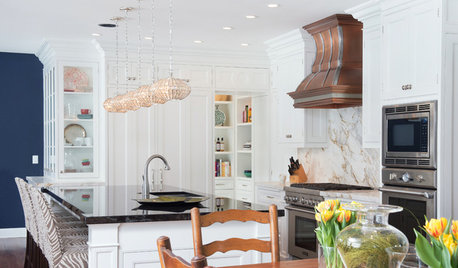
KITCHEN DESIGNWhat to Know When Choosing a Range Hood
Find out the types of kitchen range hoods available and the options for customized units
Full Story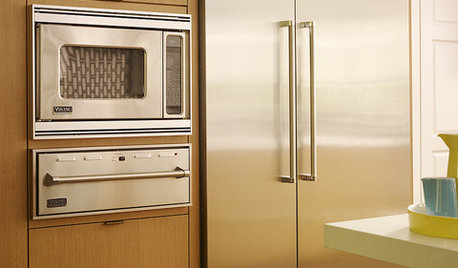
KITCHEN DESIGNA Cook’s 6 Tips for Buying Kitchen Appliances
An avid home chef answers tricky questions about choosing the right oven, stovetop, vent hood and more
Full Story
DESIGNER SHOWCASESVersailles Comes to the 2019 San Francisco Decorator Showcase
For the monthlong event, designers mix trendy and classic looks in a 1904 house modeled after Le Petit Trianon
Full Story
KITCHEN APPLIANCES9 Places to Put the Microwave in Your Kitchen
See the pros and cons of locating your microwave above, below and beyond the counter
Full Story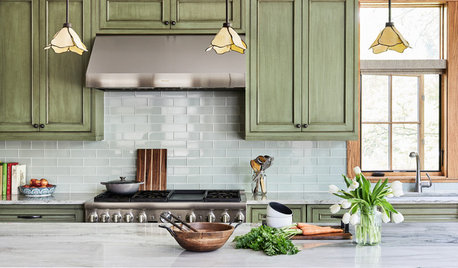
KITCHEN DESIGN11 Must-Haves in a Designer’s Dream Kitchen
Custom cabinets, a slab backsplash, drawer dishwashers — what’s on your wish list?
Full Story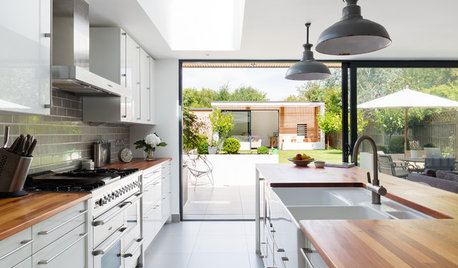
KITCHEN DESIGNA Designer Shares Her Kitchen-Remodel Wish List
As part of a whole-house renovation, she’s making her dream list of kitchen amenities. What are your must-have features?
Full Story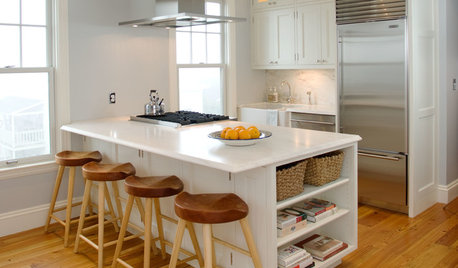
KITCHEN DESIGN20 Kitchen Must-Haves From Houzz Readers
We asked you to tell us your top kitchen amenities. See what popular kitchen features made the list
Full Story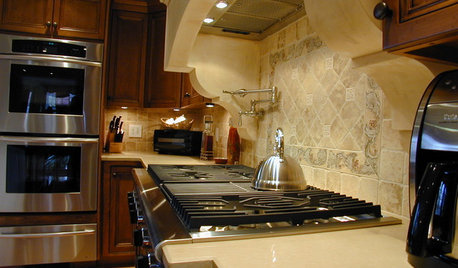
KITCHEN DESIGN8 Kitchen Design Tips for Foodies
If you own at least one pricey knife and have a slew of kitchen tools, you’ll want to read this
Full Story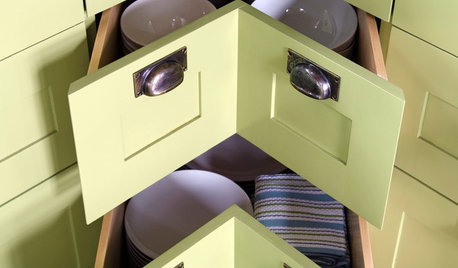
KITCHEN DESIGNShow Us Your Best Kitchen Innovation
Did you take kitchen functionality up a notch this year? We want to see your best solutions for the hardest-working room in the house
Full Story






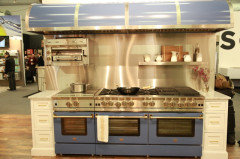



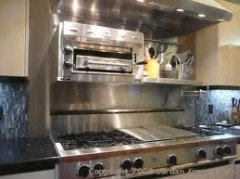
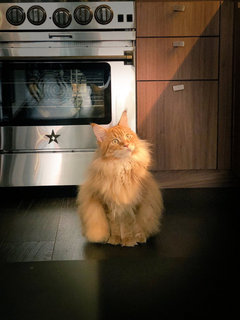
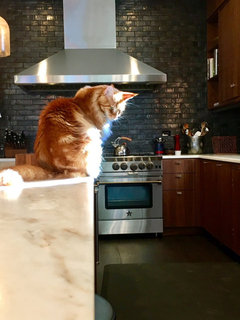
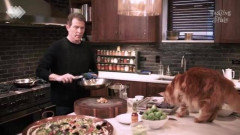
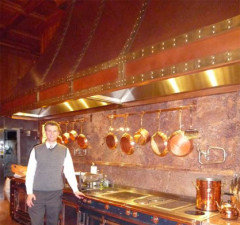
malokdOriginal Author